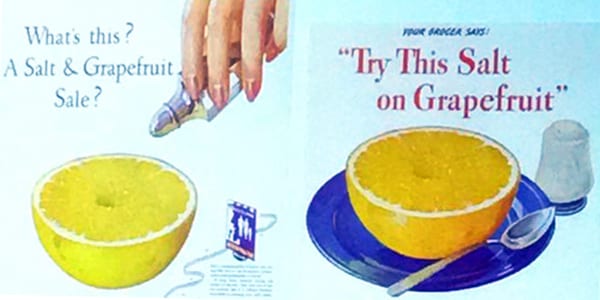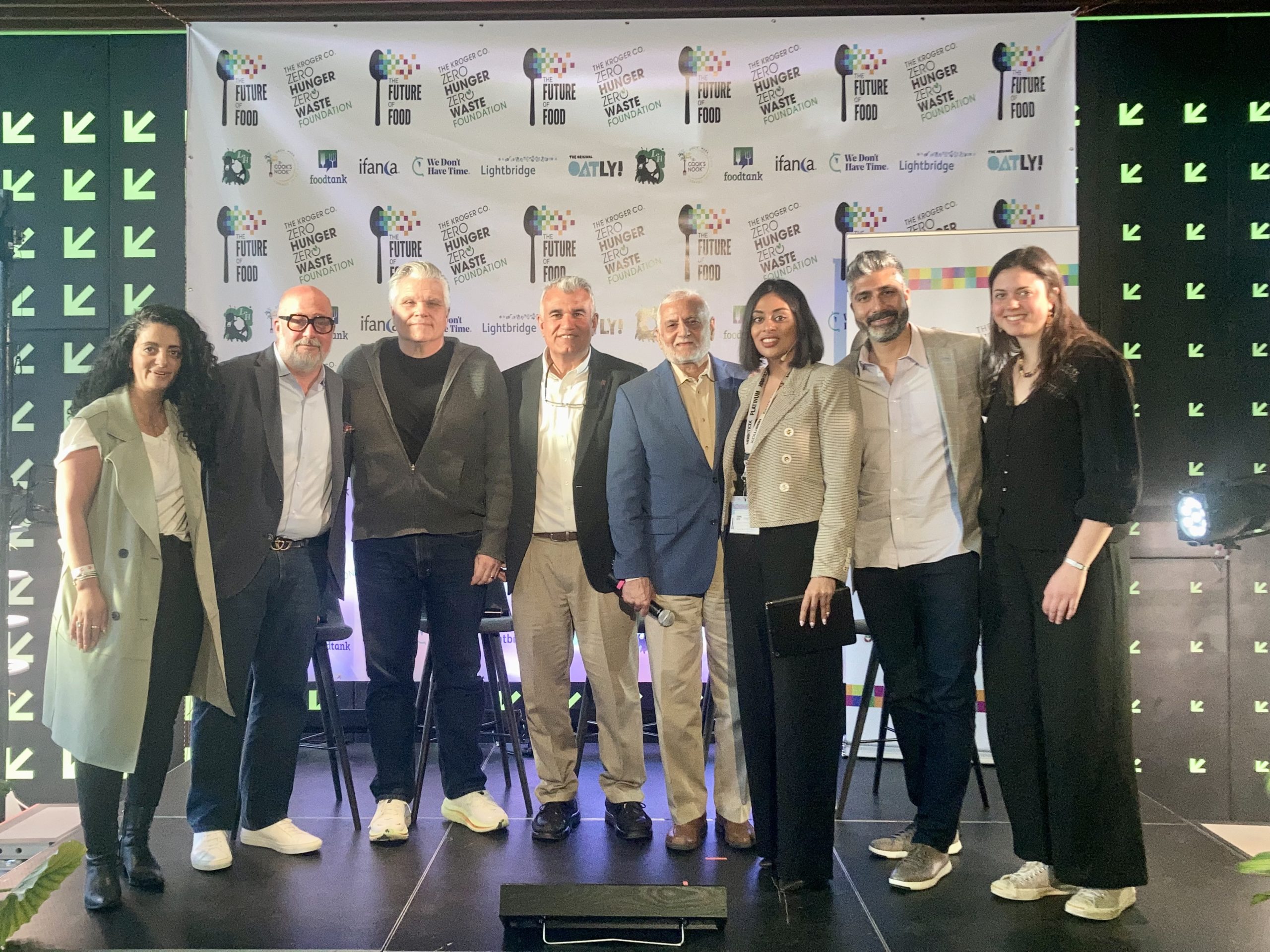Grapefruits can be bitter, so how do we make them have a more pleasurable taste? A light dusting of sugar is often the logical solution. But, there’s an alternative option to achieve a sweeter taste. Salt. How do we know this works? We have research to thank. Salt brands in the 1940s certainly did, as they turned this science into marketing to sell more salt.

I learned about how the food industry leveraged salt’s surprising relationship with sweetness at Nutrition 2018, an inaugural conference hosted by the American Society for Nutrition. There, I joined more than 3,000 researchers, health professionals, policy makers, and industry representatives to advance nutrition science and its practical applications for consumers. Below are a few of my observations for food and nutrition marketing professionals on how the research of today fuels the communications of tomorrow.
Increased Attention on Diet Quality & Eating Patterns:
At Nutrition 2018, there were 35 scientific poster presentations on diet quality and 31 scientific poster presentations on dietary/eating patterns. While researchers have a clear interest in diet quality (nearly 2,500 papers alone were published in 2017), they are still exploring how to most accurately define it (e.g. which nutrients and in what quantities contribute to an accurate measure of diet quality) and improve how it is measured (e.g. optimizing existing measures of diet quality, that is, the Healthy Eating Index from the USDA Center for Nutrition Policy and Promotion).
At the same time, nearly one-third of consumers reported following a specific eating pattern in the past year. It’s quite evident that researchers and consumers alike are beginning to shift their focus from individual dietary nutrients toward more robust ways of thinking about the complex interactions between multiple components of the diet and health.
Exploring how a product or brand fits into these discussions on diet quality and eating patterns is important to consider for future food and nutrition communication purposes. As more research becomes available, weaving information on diet quality and eating patterns into marketing and communications might help tell a more meaningful, long-term, story given these research trends and consumer preferences. Embedding nutrition experts into accounts that operate as a borderless team (e.g. Ketchum Borderless Nutrition), serves to help carry these stories strategically, responsibly and effectively to the gatekeepers of public opinion on food and nutrition, which breaks through the evolving media landscape to help grow business.
Using Familiarity & Taste to Elevate Food Science Principles:
Experts agree that taste is a major driver of food selection and purchasing behavior. Using the salt/grapefruit example above, adding salt to grapefruit reduces the tongue’s ability to taste bitter compounds, which makes what is being tasted on a cognitive level appear, well, sweeter.
In the 1940s, salt brands used food science to capitalize on the improved taste and consumer familiarity of this salt/grapefruit combination. This scientific insight fueled communication for new uses of salt that many may not have known existed at the time.
Evidence does reveal that familiarity with a product can be a core purchase driver, third behind price and taste. So, including tangible and practical applications informed by science that combine drivers of consumer food purchasing activities can become powerful marketing for food and nutrition applications.
Hierarchy of Evidence in the Nutrition & Food Science Space:
When scientists evaluate study designs, they use the “hierarchy of evidence,” which looks like a pyramid. Systematic reviews and meta-analysis are placed at the top as the strongest sources of evidence. These types of studies are comprehensive and look at all the available evidence on a topic. However, researchers have begun to question the position of systematic reviews and meta-analysis at the top of this pyramid and some propose a complete redesign to the hierarchy all together.
At Nutrition 2018, food and nutrition scientists stressed the importance of avoiding overreliance on these papers for conclusions on topics with a breadth of evidence, so it’s important for food and nutrition communicators to consider how to leverage systematic reviews and meta-analysis. Scientists at Nutrition 2018 also desired more randomized controlled trials (RCTs) conducted over longer periods of time. RCTs are considered the “gold standard” in research because of their ability to reduce the many types of bias that normally plague other types of studies. In today’s media landscape, there is not always an understanding of different study designs and implications of the findings, so it’s important to have science experts on your team to help tell the most compelling, accurate story.
Want to learn more about nutrition and food science research, or science communications in general? Connect with me or subscribe to Ketchum’s Borderless Nutrition Newsletter by emailing us at [email protected].


